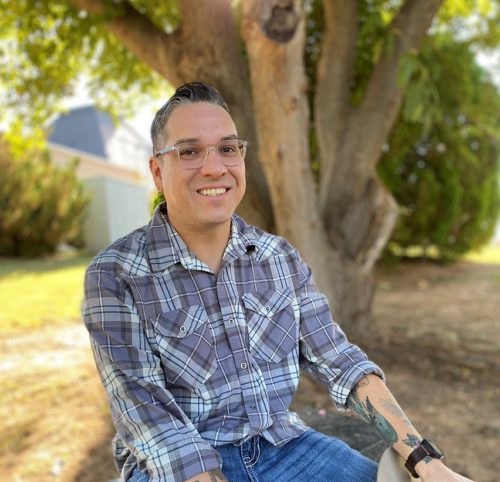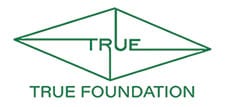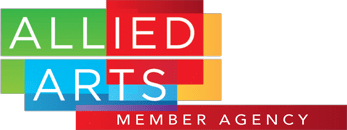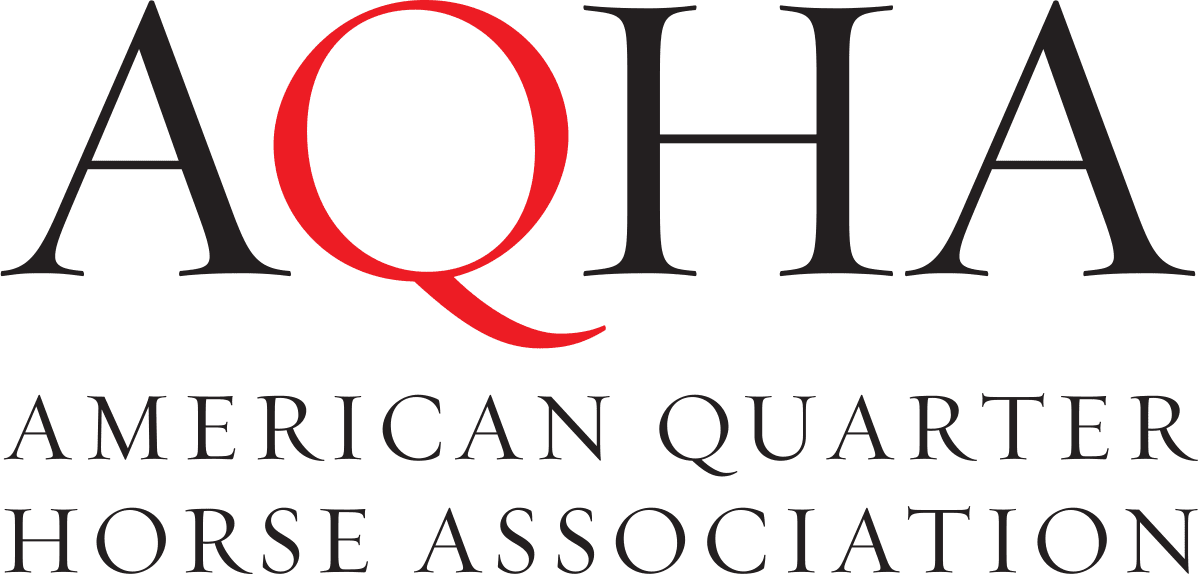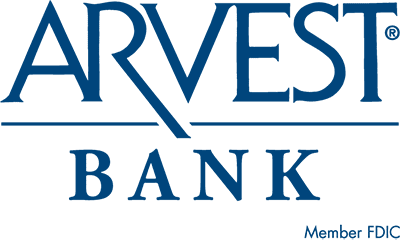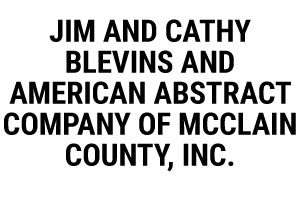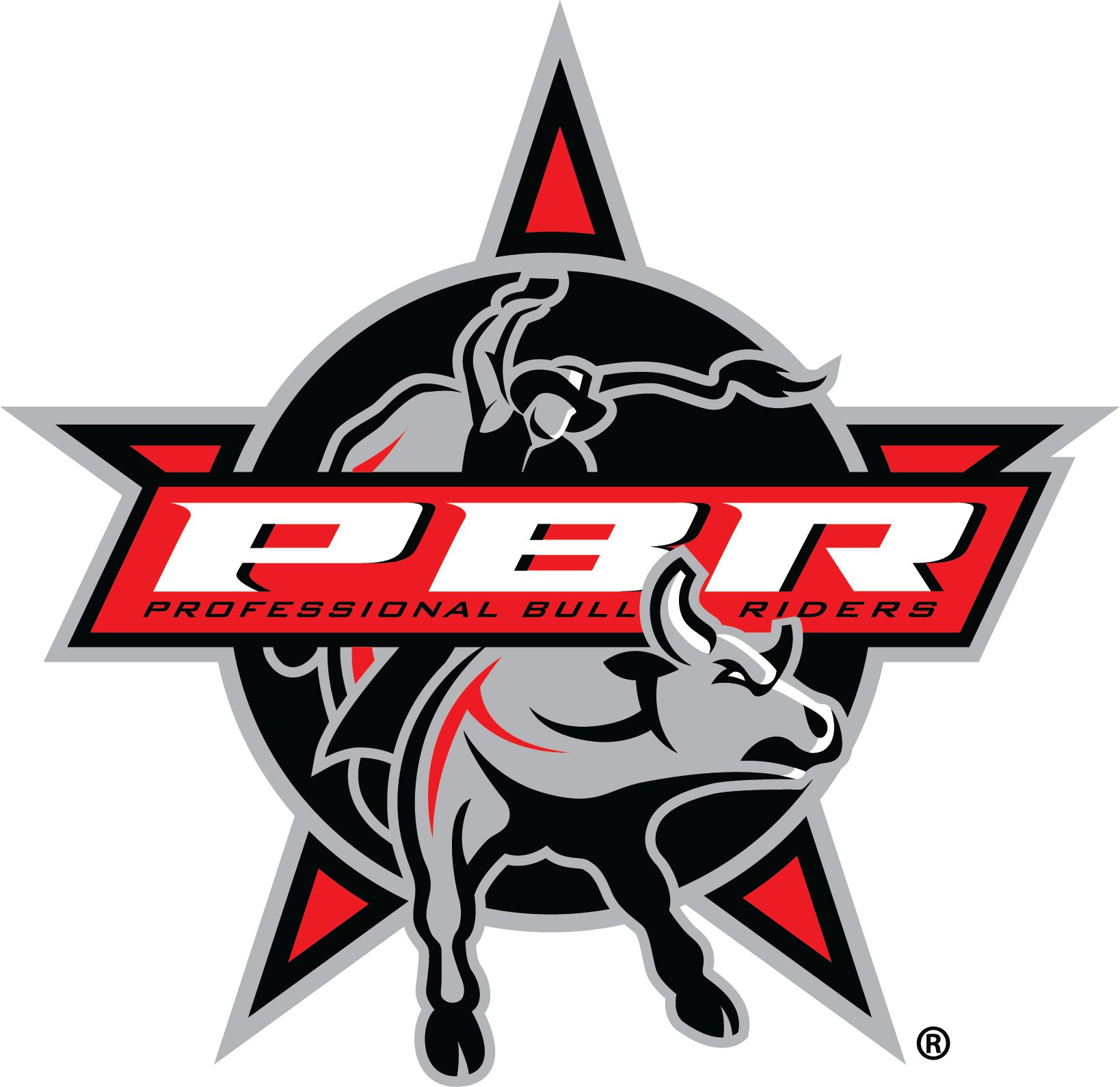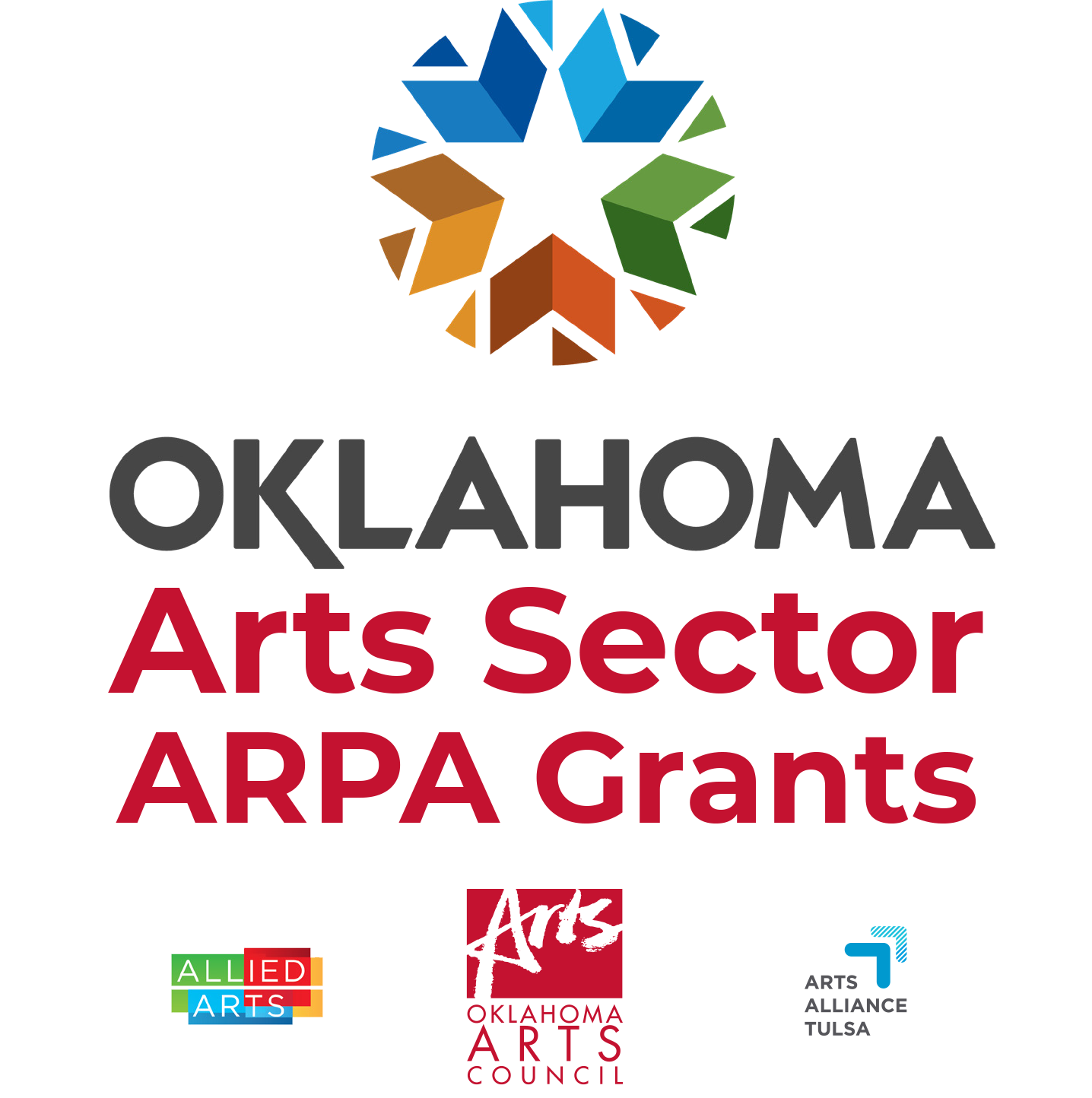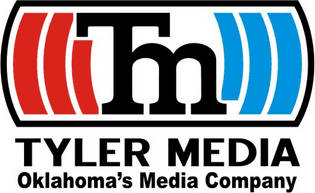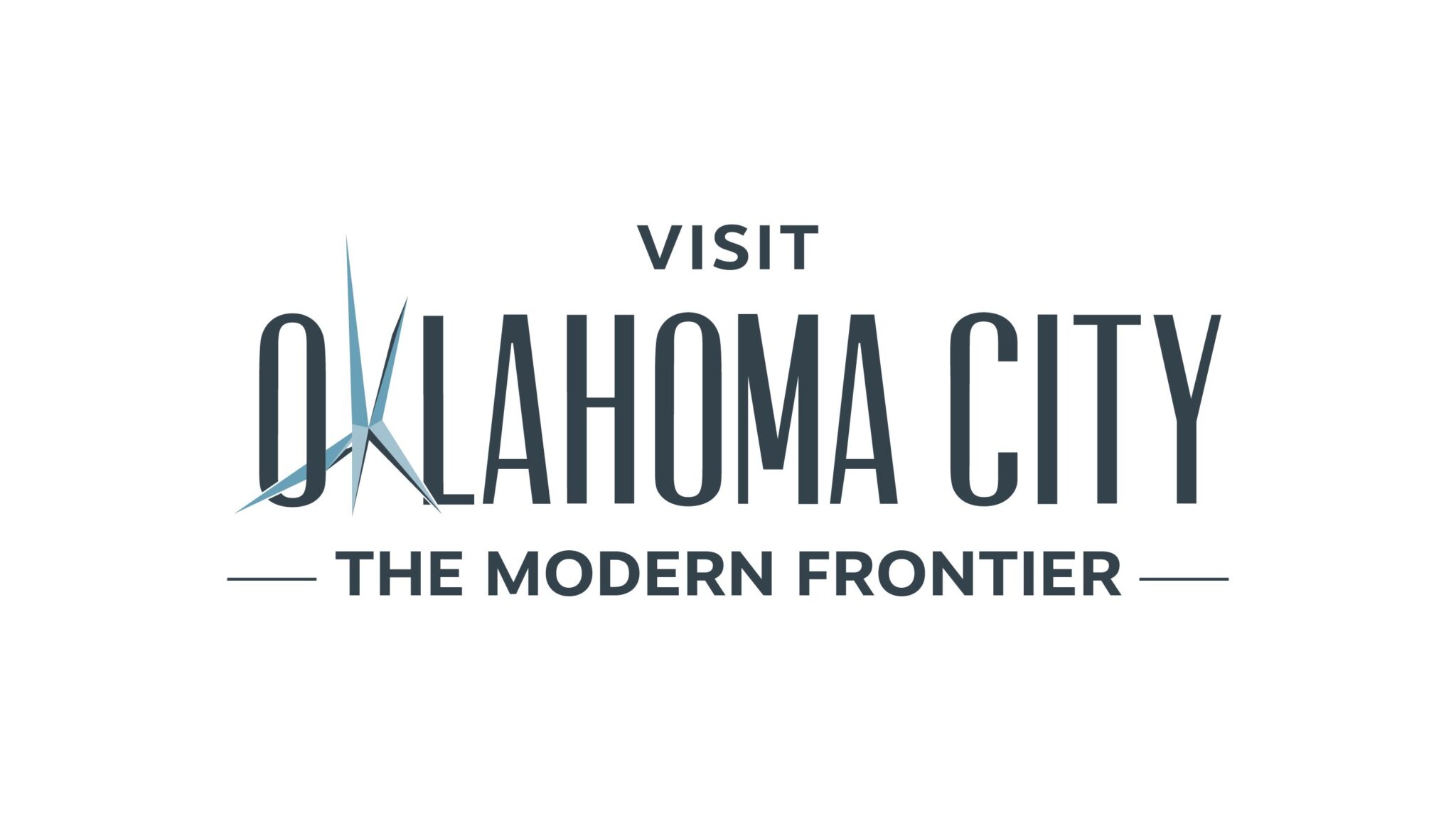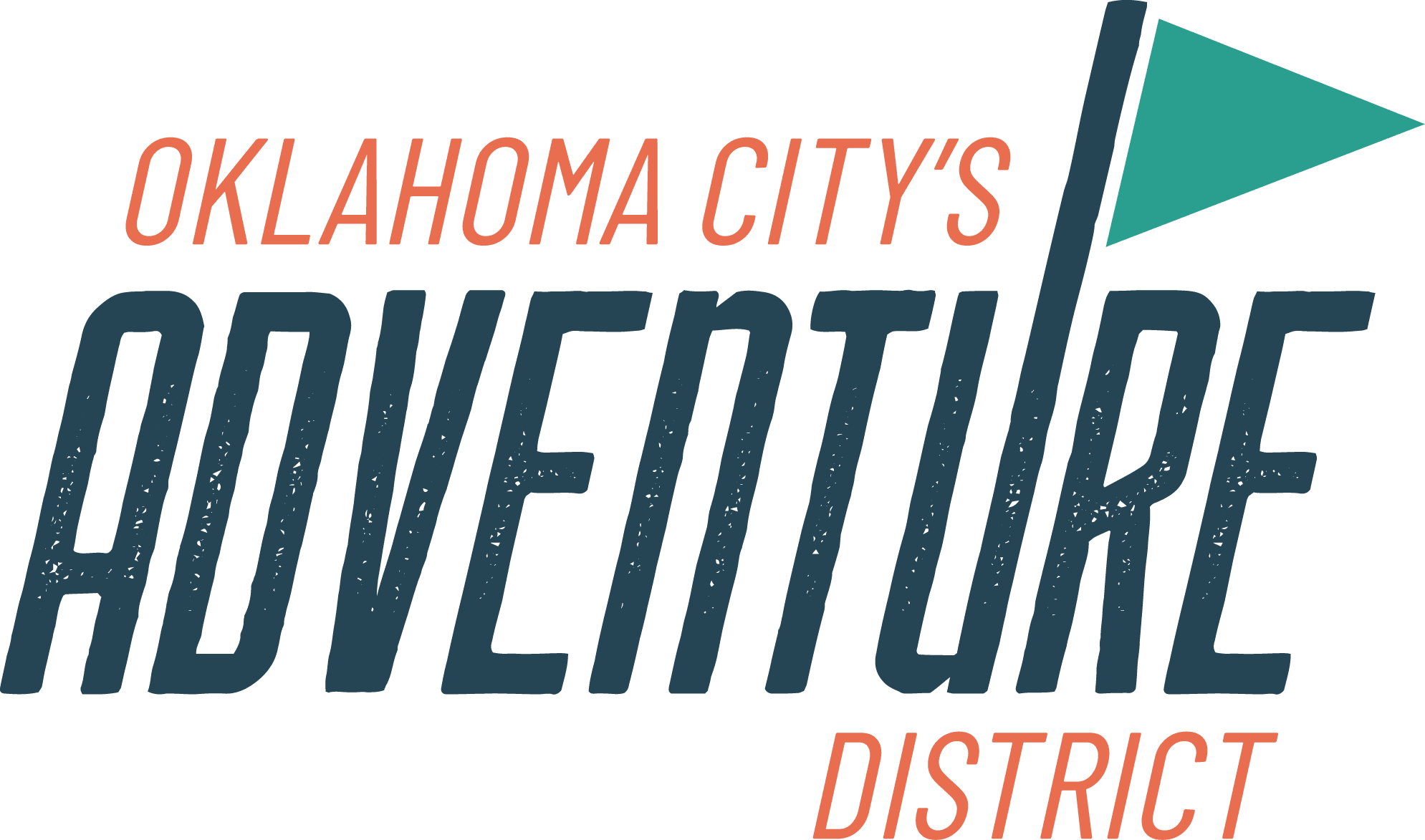As the National Cowboy & Western Heritage Museum’s Tattooing: Religion, Reality & Regret continues to inform visitors on the history and Native American and global tattooing practices, local tattoo artists continue to get involved and bring their own cultural perspectives and experience to our Museum.
Richard Curtis, a local tattoo artist and member of the Hinono’ei (Arapaho) Nation, recently performed a live tattooing demonstration in the Museum’s gallery, and will return to the Museum to speak about the culture and practices of tattooing on February 13 at 1:00 p.m.
In anticipation of his next Museum appearance, we’ve asked him a few questions about tattooing!
What inspired you to start tattooing?
When I first started tattooing it was illegal in Oklahoma. I don’t know why but I was always interested in tattoos. When I was 14, I tattooed my first stick and poke tattoos on me and my cousin. Then when I was 18, I got my first real tattoos by tattoo artists. It was still illegal, and you had to do it underground or go out of state. I wanted another tattoo but didn’t want to go out of state anymore. So, when I was 25, I ordered a tattoo kit online and did my first tattoo with a machine on myself. When I showed people my tattoo, many people wanted one. So, by request, I started tattooing regularly. Then it was legalized in 2006. I had another career at that time, and it wasn’t until 2013 that I would quit my job at the hospital as an MRI tech and become a full-time, professional tattooer. I started to feel like I was meant to tattoo.

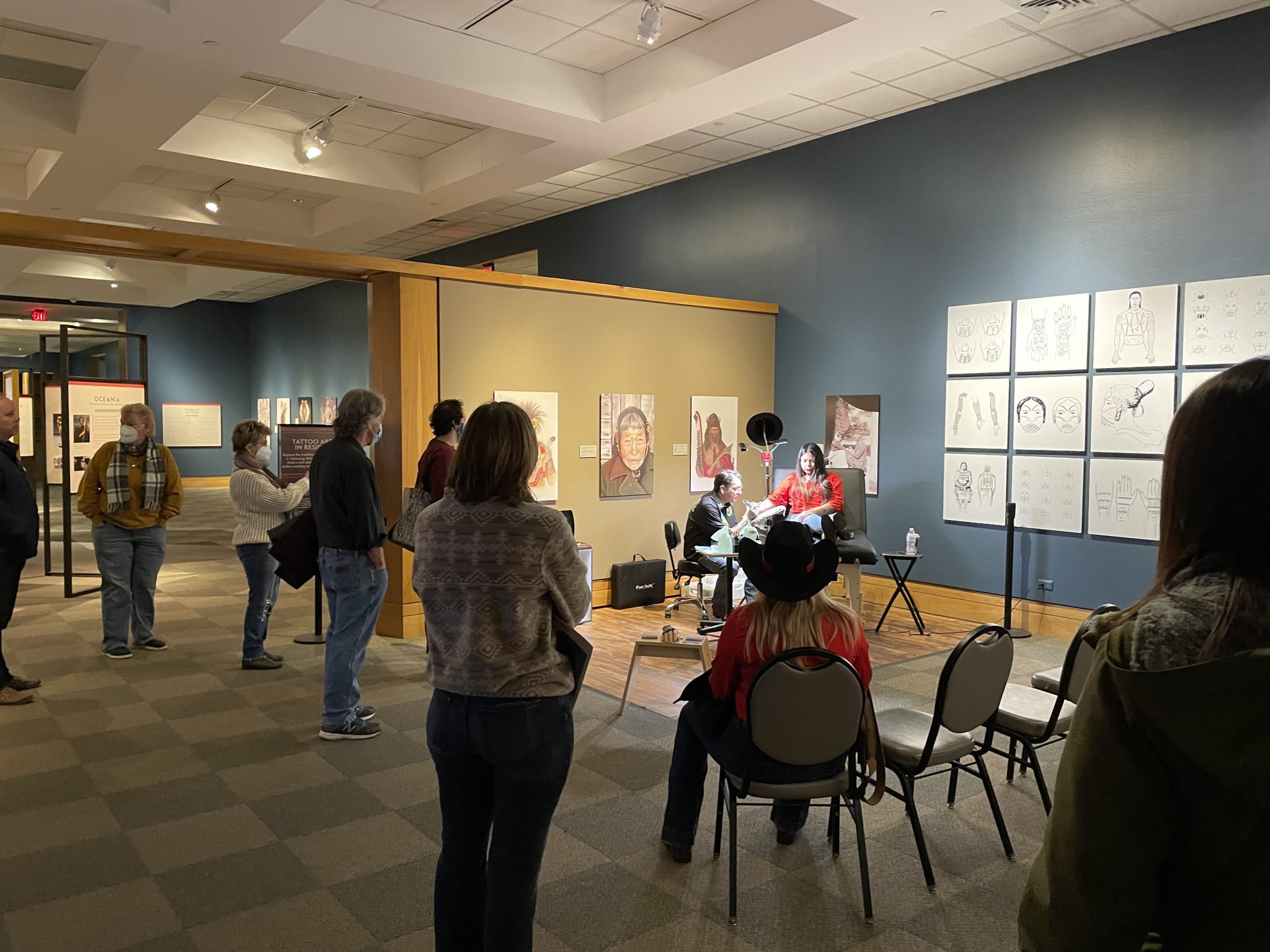
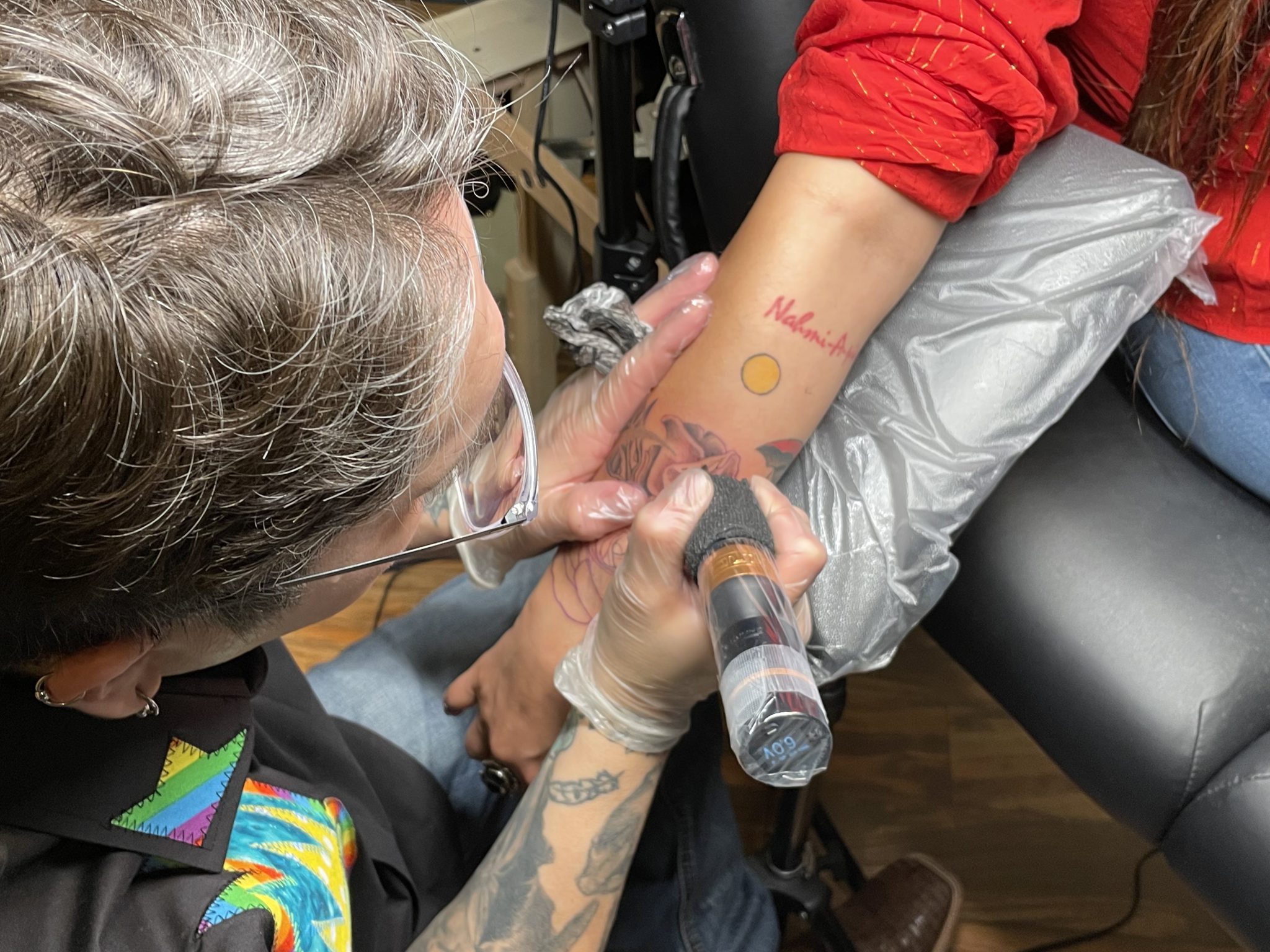
Is there a cultural significance for you?
Yes. I’m Hinonoei (Arapaho) Indian and some think that the word Arapaho means “tattooed people.” In pre-colonial days, our tribe tattooed and had ceremonies and many different designs. These designs and rituals were lost in the times when our ways were made illegal, and we were not allowed to participate or engage in our ancient customs out in the open. Being born and raised in Arapaho traditions, it is important for me to carry on these ways and bring about this rebirth now that laws have changed. My ancestors had tattoos and I hope to help my people reconnect with their ancestors through tattooing.
What do you notice in the tattoo exhibit that corresponds with your experience as a tattoo artist?
Everything in the exhibit I can relate to in some way. I see the images and the tools. The booth area has the basics. I’ve used that equipment before. The name, Religion, Reality and Regret, is very relevant. All those aspects are very related and determine the outcome of the tattoo and how it is viewed. I think people hear those words and can relate it to a tattoo, but don’t know how they are all connected and how your religion and view is brought to life through a tattoo and how, if it isn’t properly respected as it should be, can lead to feelings of regret about the tattoo, which in turn is regret in their life. I’ve seen all these things effect a person’s decision about their tattoo and it can lead to happiness or regret.
What is it like to give a tattoo and what is the process an artist goes through?
The experience is very humbling. It’s a relationship where the other person is completely opening up to you and trusting you. They tell you about their personal experiences to help design the tattoo that they want to get. There are a couple ways to do a tattoo. There is a way that involves customs and spirituality and there is a way that is modern commercial. Some people want their tattoos to have meaning and some don’t care either way and have other reasons to get them. Depending on the custom of the person getting tattooed, that will determine some of the process.
There are universal processes that go no matter the situation such as cleanliness and sanitation. The cleaning of the area the tattooing is being done in. The preparation of the body part and disinfection. Sterilization of the tools. Prepping of the ink. Besides all this, it is very physical on the artist because body positioning and holding the skin tight. A lot of mental and physical energy is used.
The drawing and art process is a whole other thing. In this modern age, most tattoos are a combination of the ideas of the customer and the artist. We must work together to come up with a design that the customers will be satisfied with. Once the design is worked out, it must be carefully crafted into the skin. Technical skills and hand eye coordination is of utmost importance. The whole process from beginning to end is very intense for the artist and the one being tattooed. With the pain and the body’s reaction, every person is different. We must always be ready for anything. Seizures are not uncommon among clients. Or passing out. All these things we have to keep in mind and be ready for. There is no easy tattoo.
Don’t miss your chance to see Tattooing: Religion, Reality & Regret in person through May 9, 2022, or to get the chance to watch a live tattooing demonstration here at The Cowboy.
